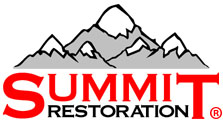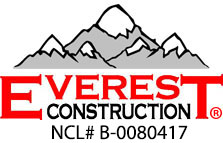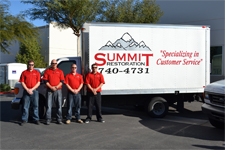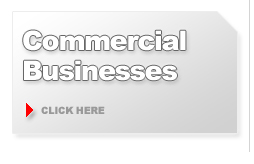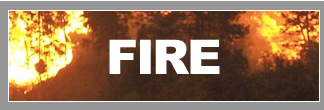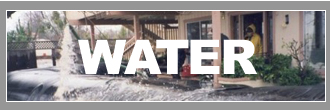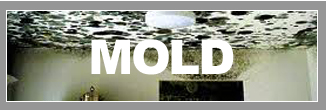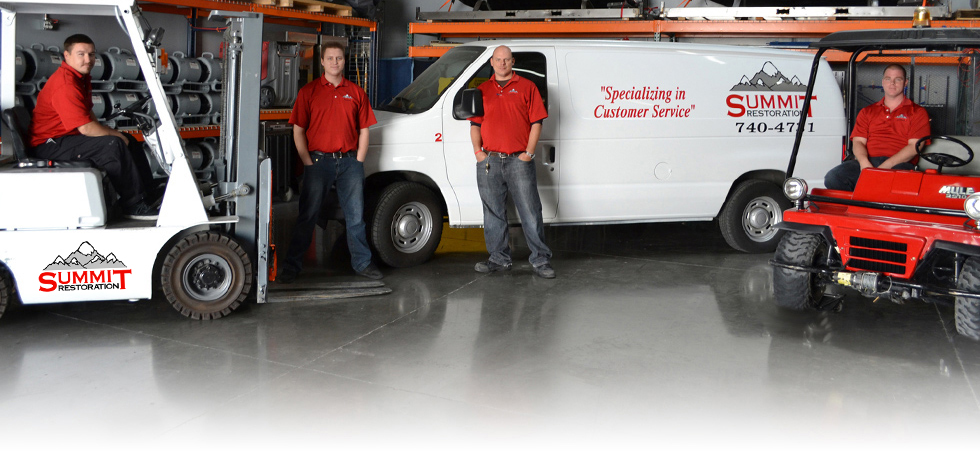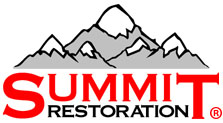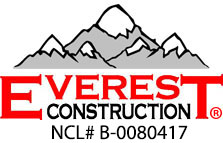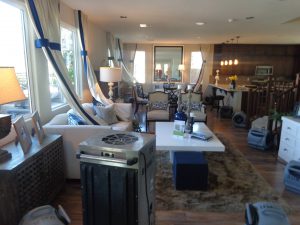
WATER DAMAGE RESTORATION
Water damage is one of the most common and destructive forms of damage to both residential and commercial properties. Commonly referred to as a water loss, damage can be caused by plumbing leaks, appliance malfunctions, sink, toilet and bathtub over flows, roof leaks etc. Whether 50 square feet, or 500,000, residential or commercial, Summit Restoration has the knowledge and expertise to ensure drying and restoration is completed quickly and efficiently. Summit Restoration mobilizes immediately to assess the damage, accurately estimate time, equipment, personal needed to properly dry the property.
Water Damage Process:
- Water Extraction
- Content Manipulation
- Identifying what materials are wet and how wet they are (moisture / content)
- Identifying what wet materials are salvageable.
- Start the drying process.
- Digital Photos
-
Monitoring the job. Taking moisture content readings, physcrometric (Humidity) readings in the affected areas and comparing them to unaffected areas. Determining grain depression by taking psychrometric readings from dehumidifier exhaust. Insuring that all equipment is functioning properly. Adjusting equipment as necessary. Taking all necessary documentation.
- Deeming the property dry and supplying all of the proper documentation to substantiate.
Why is it important to hire a qualified water mitigation company?
Water mitigation needs to begin IMMEDATELY to limit further damage. Water is extremely invasive and unfortunately the damage doesn’t end when the source of the water is eliminated and the initial extraction is completed. Water can continue to create further secondary damage such as dilamination of carpet, cupping and crowning of wood floors, swelling of base board, door casings, cabinets, musty odors, bacterial amplification, wet rot, and mold growth when not addressed properly.
Classes of Water Losses
(ref. IICRC S500, 3rd edition, Reference Chapter 14, (Setting Up a Drying System”): The term “class of water” refers to the initial determination of the amount of water present and likely or anticipated rate of evaporation. Determining the class of water is an essential part of calculating the amount of initial dehumidification capacity necessary to handle the potential amount of water that evaporates within an affected area, and air movement for the drying process. Classes provide an initial point of reference to aid in the type, size, and amount of equipment initially installed on a water restoration project. However, situations can arise that require adjustments to the type, amount and size of equipment being used during drying. This information should be gathered during the moisture inspection of the affected area.
Classes of losses are designated as:
-
Class 1 (least amount of water, absorption and evaporation)
Water damage restoration projects that affect only part of a room or area; or larger areas containing materials that have absorbed minimal moisture. Little or no wet carpet and/or cushion are present. -
Class 2 (large amount of water, absorption and evaporation)
Water damage restoration projects that affect at least an entire room of carpet and cushion (pad). Water has wicked up walls less than 24 inches. There is moisture remaining in structural materials (e.g., plywood, particle board, structural wood, VCT, concrete and substructure soil). -
Class 3 (greatest amount of water, absorption and evaporation)
Restoration projects in which water has wicked up the walls greater than 24 inches, or it enters from overhead affecting the ceiling, walls, insulation, carpet, cushion and subfloor. The entire area is saturated. -
Class 4 (specialty drying situations)
These consist of wet materials with very low permeance/porosity (e.g., hardwood, plaster, brick, concrete, light weight concrete and stone). Typically, there are deep pockets of saturation, which require very low relative and specific humidity for drying.
Categories of Water
(ref. IICRC S500 3rd edition, Standard Section 3) – The Categories of Water, as defined by this document, refer to the range of contamination in water, considering both its originating source and its quality after it contacts materials present on the job site. Time and temperature can also affect the quality of water, thereby changing its Category. Restorers should consider potential contamination, defined as the presence of undesired substances: the identity, location and quantity of which are not reflective of a normal indoor environment, and may produce adverse health effects, cause damage to structure and contents and/or adversely affect the operation of function of buildings.
Category 1 – Category 1 water originates from a sanitary water source and does not pose substantial risk from dermal, ingestion, or inhalation exposure. Examples of Category 1 water sources can include but are not limited to: broken water supply lines; tub or sink overflows with no contaminants: appliance malfunctions involving water-supply lines; melting ice or snow; falling rainwater; broken toilet tanks, and toilet bowls that do not contain contaminates or additives. However, once clean water leaves the exit point, it may not remain clean once it contacts other surfaces or materials.
The cleanliness of Category 1 water may deteriorate to Category 2 or 3 for many reasons, including but not limited to: contact with building materials, systems and contents; mixing with soils and other contaminants. Some factors which influence the potential organic and inorganic load in a structure include the age and history of the structure, previous water losses, general housekeeping, the type of use of the structure (e.g., nursing home, hospital, day care, warehouse, veterinary clinic), and elapsed time or elevated temperature. Odors can indicate that Category 1 water has deteriorated.
Category 2 – Category 2 water contains significant contamination and has the potential to cause discomfort or sickness if contacted or consumed by humans. Category 2 water can contain potential unsafe levels of microorganisms or nutrients for microorganisms, as well as other organic or inorganic matter (chemical or biological). Examples of Category 2 water sources can include but are not limited to: discharge from dishwashers or washing machines; overflows from washing machines; overflows from toilet bowls on the room side of the trap with some urine but no feces; seepage due to hydrostatic pressure; broken aquariums and punctured water beds.
The cleanliness of Category 1 water may deteriorate for many reasons, including but not limited to: contact with building materials, systems and contents; mixing with soils and other contaminants. Some factors which influence the potential organic and inorganic load in a structure include the age and history of the structure, previous water losses, general housekeeping, the type of use of the structure and elapsed time or elevated temperature.
Category 3 – Category 3 water is grossly contaminated and can contain pathogenic, toxigenic or other harmful agents. Examples of Category 2 water sources can include but are not limited to: sewage; toilet backflows that originate from beyond the toilet trap regardless of visible content or color; all forms of flooding from seawater; ground surface water and rising water from rivers or streams, and other contaminated water entering or affecting the indoor environment, such as wind-driven rain from hurricanes, tropical storms, or other weather-related events. Such water sources may carry silt, organic matter, pesticides, heavy materials, regulated materials, or toxic organic substances.
Special Situations – If a regulated or hazardous material is part of a water damage restoration project, then a specialized expert may be necessary to assist in damage assessment, and government regulations apply. Regulated materials posing potential or recognized health risks may include, but are not limited to: arsenic, mercury, lead, asbestos, polychlorinated biphenyls (PCBs), pesticides, fuels, solvents, caustic chemicals, radiological residues. For situations involving visible or suspected mold, refer to IICRC S520 Standard and Reference Guide for Professional Mold Remediation.
